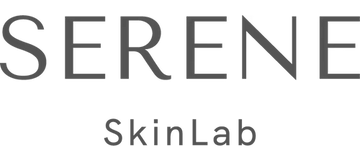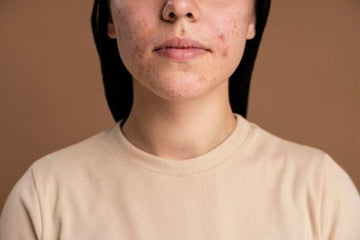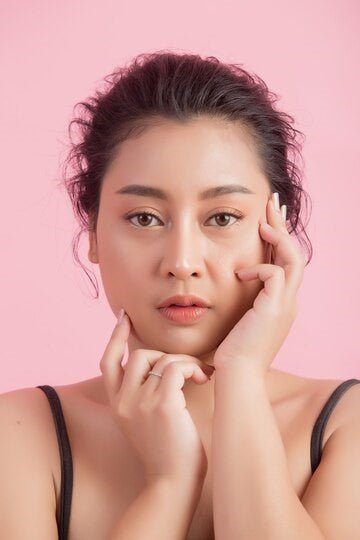Yin & Yang in Traditional Chinese Medicine
In Traditional Chinese Medicine, yin & yang relates to forces that are opposite yet interdependent, complementary and interconnected. The body’s organs and tissues are classified according the yin yang theory based on their functions and locations. Application of the yin yang (y²) theory helps to harmonize our body, mind, emotions and spirit, and also our individual energy with nature. When yin and yang are in harmony, good health is achieved.
There are various dynamics in Chinese cosmology. In the cosmology pertaining to Yin and Yang, the material energy, which this universe has created itself out of, is also referred to as qi. It is believed that the organization of qi in this cosmology of Yin and Yang has formed many things. Included among these forms are humans. Many natural dualities (such as light and dark, fire and water, expanding and contracting) are thought of as physical manifestations of the duality symbolized by yin and yang. This duality lies at the origins of many branches of classical Chinese science and philosophy, as well as being a primary guideline of traditional Chinese medicine,[3] and a central principle of different forms of Chinese martial arts and exercise, such as baguazhang, taijiquan (t'ai chi), and qigong (Chi Kung), as well as appearing in the pages of the I Ching.
The notion of a duality can be found in many areas, such as Communities of Practice, but in this context yin and yang are better viewed as parts of an oneness that is expressed in the Tao. The term "dualistic-monism" or dialectical monism has been coined in an attempt to express this fruitful paradox of simultaneous unity and duality. Yin and yang can be thought of as complementary (rather than opposing) forces that interact to form a dynamic system in which the whole is greater than the assembled parts. According to this philosophy, everything has both yin and yang aspects (for instance, shadow cannot exist without light). Either of the two major aspects may manifest more strongly in a particular object, depending on the criterion of the observation. The yin yang (i.e. taijitu symbol) shows a balance between two opposites with a portion of the opposite element in each section.
In Taoist metaphysics, distinctions between good and bad, along with other dichotomous moral judgments, are perceptual, not real; so, the duality of yin and yang is an indivisible whole. In the ethics of Confucianism on the other hand, most notably in the philosophy of Dong Zhongshu (c. 2nd century BC), a moral dimension is attached to the idea of yin and yang.
Did you know: y² in 5erenity² represents the Yin & Yang theory.
阴阳学说 - 作为中医学特有思维方法,广泛用来阐释人体的生命活动,疾病的发生原因和病理变化,并指导着疾病的诊断和防治。组成人体的所有脏腑经络形体组织,既是有机联系,又都可以根据其所在部位、功能特点划分为相互对立的阴阳两部。它们之间对立关糸又存在着动态中的阴阳平衡状态,并和谐维持着身体的健康。
你知道吗: 5erenity² 的 y² 代表着阴阳学说的阴阳。

Learn more about yin and yang and traditional chinese medicine and how it can help in harmonizing our bodies and how it can make us healthier and more beautiful.
Learn how our Renew serum helps to balance the Yin Yang of our skin and bring out the healthy radiance in you.




